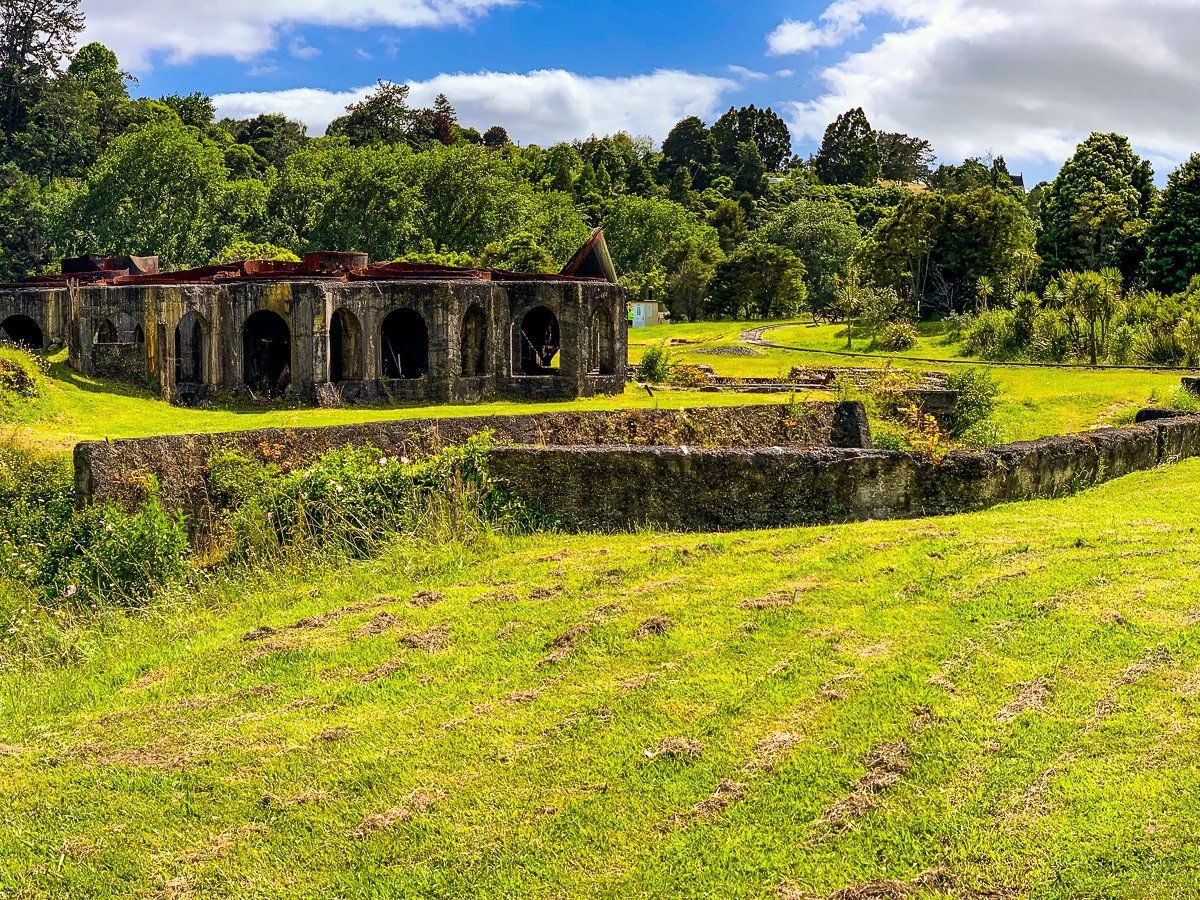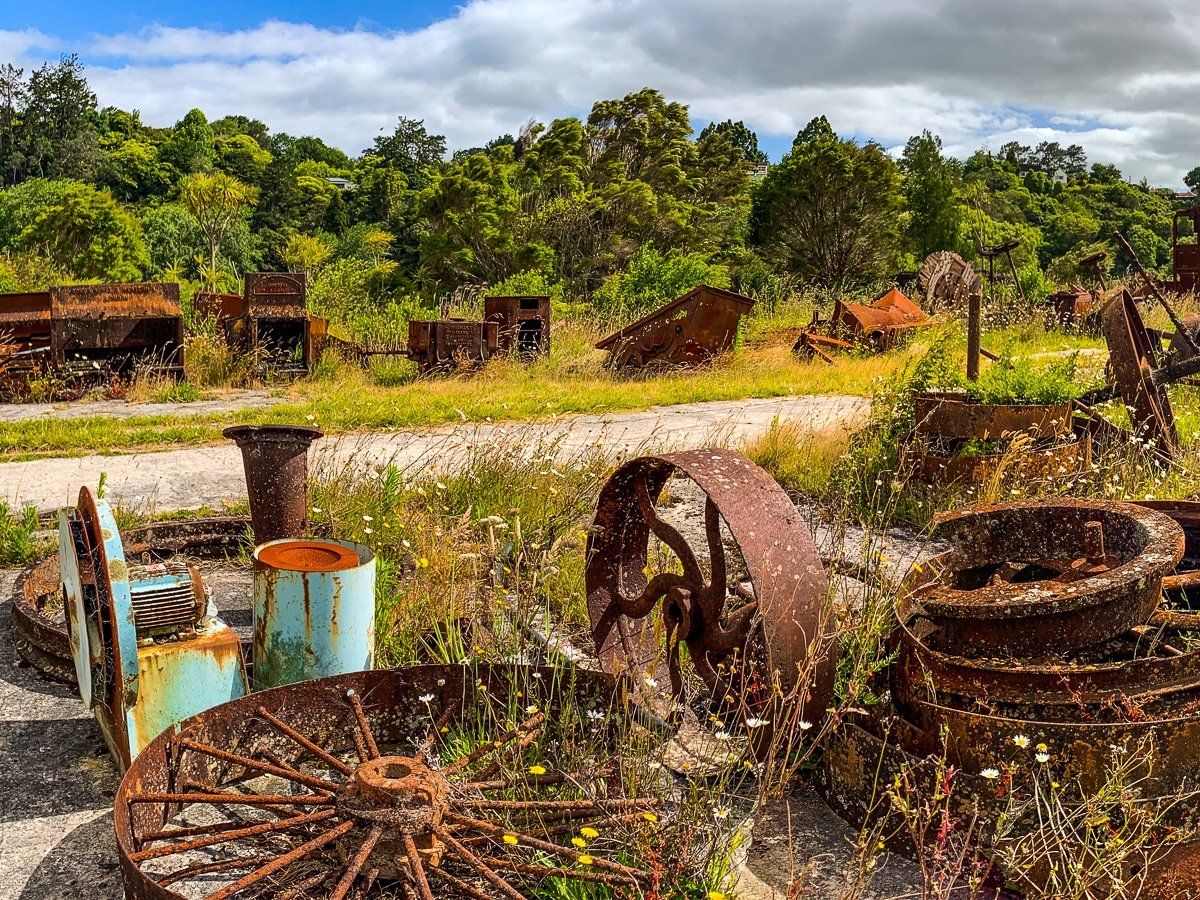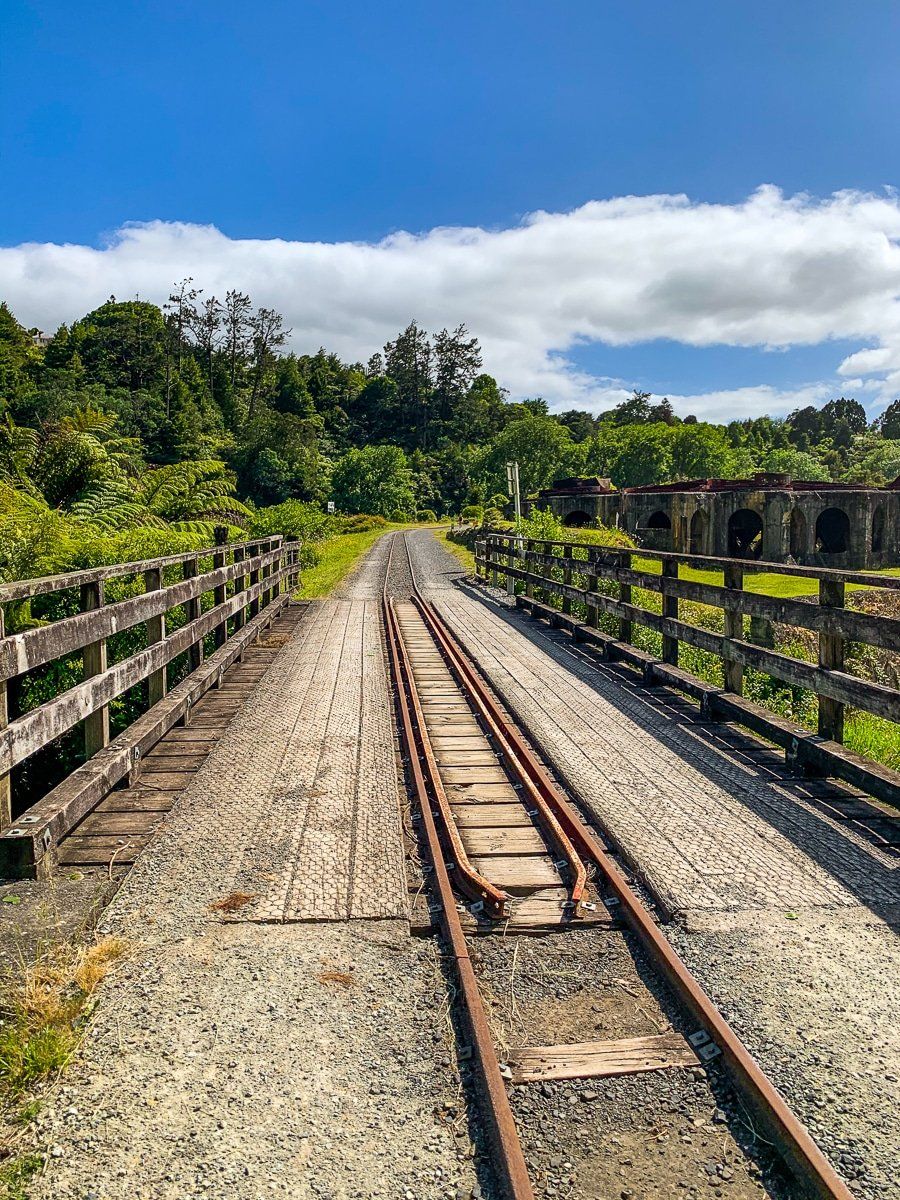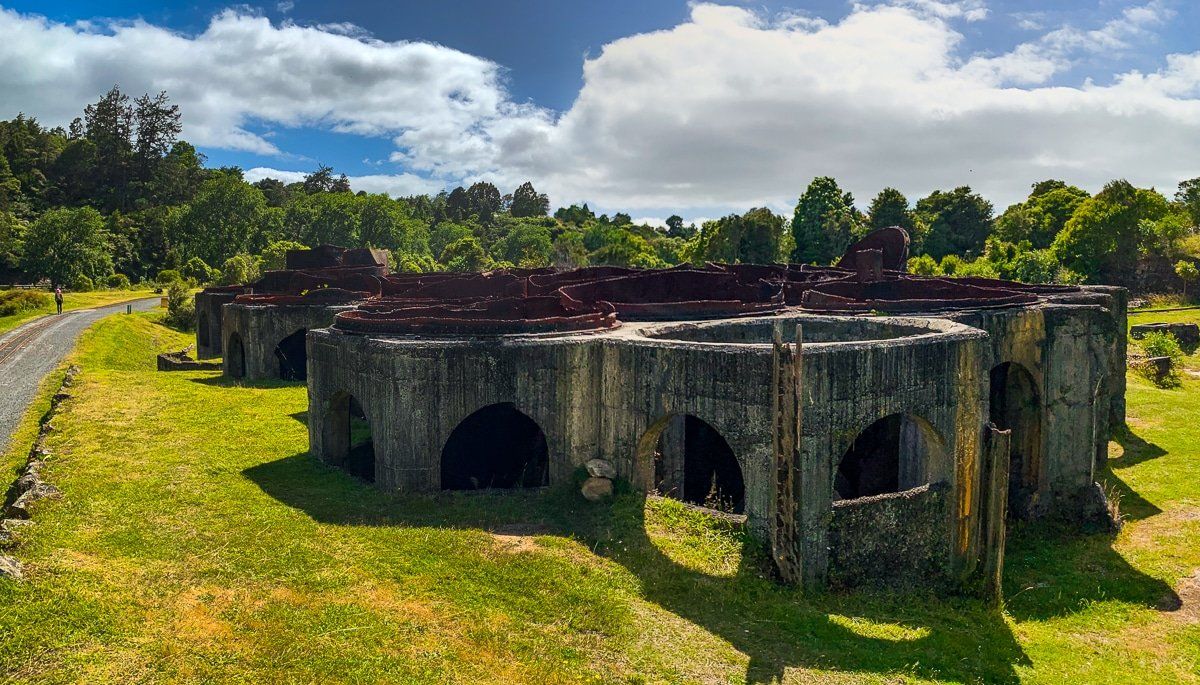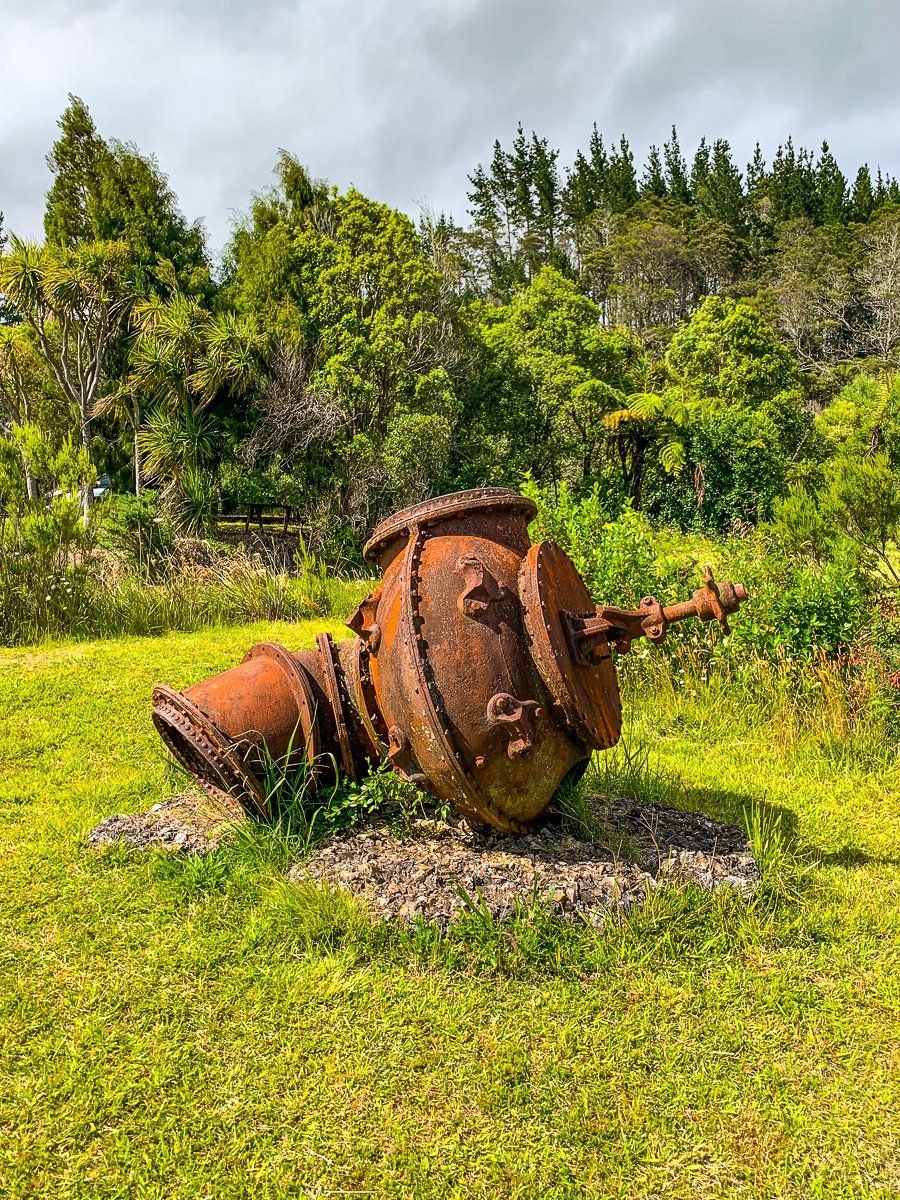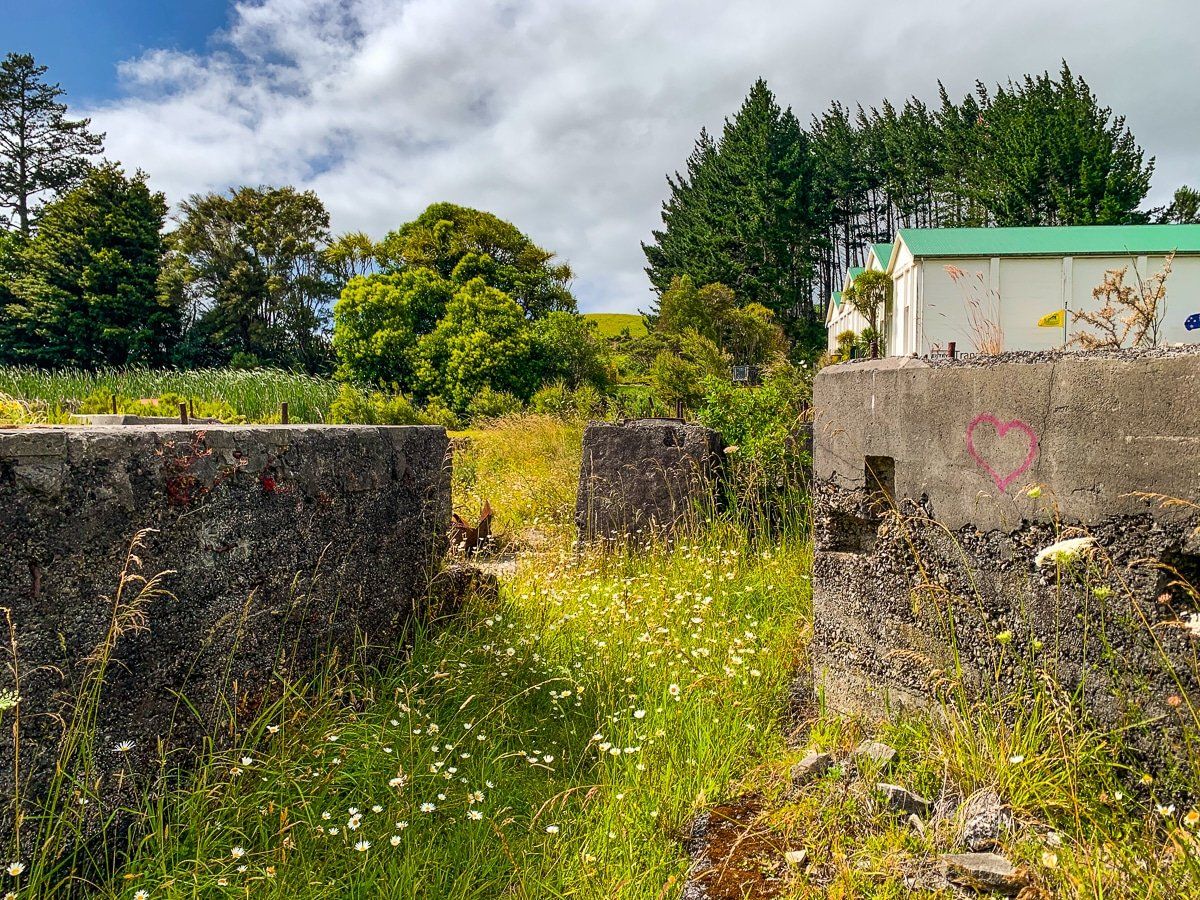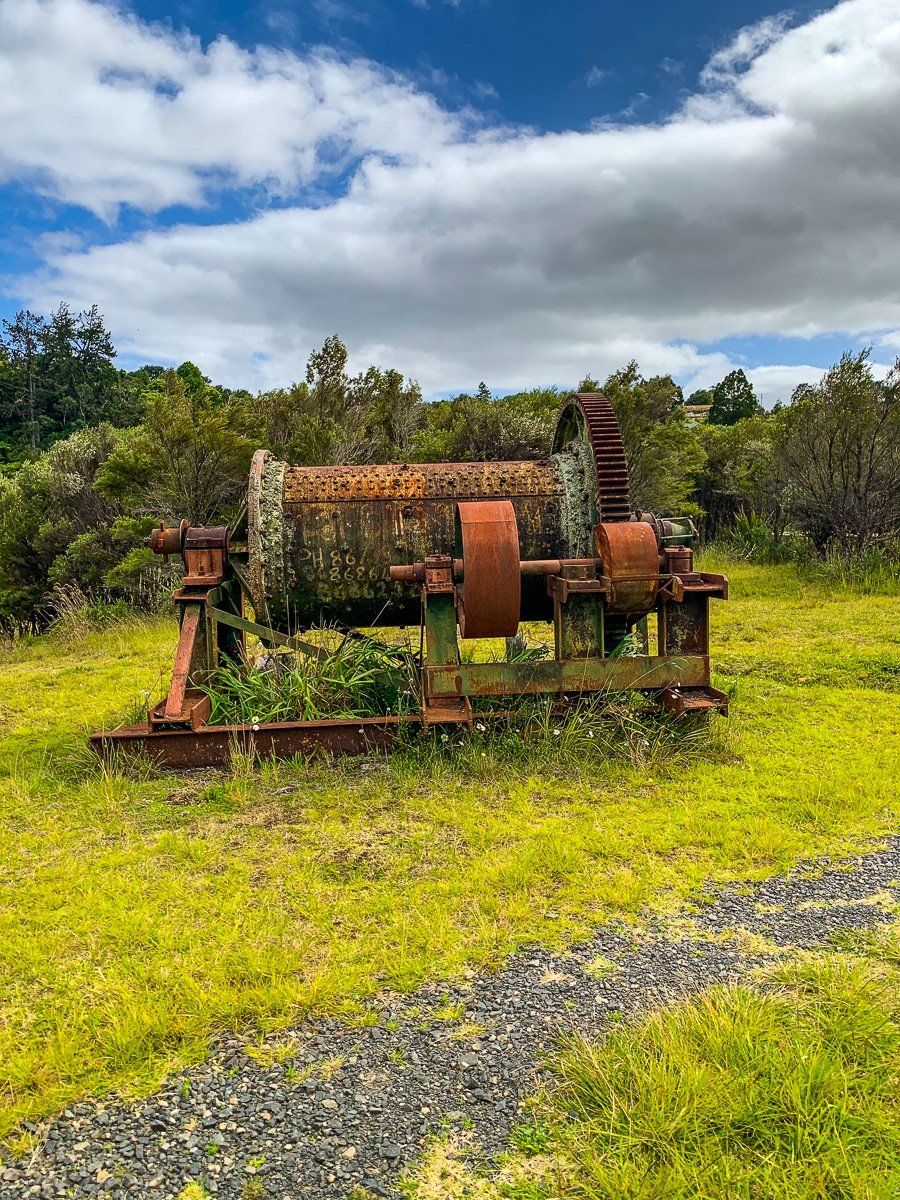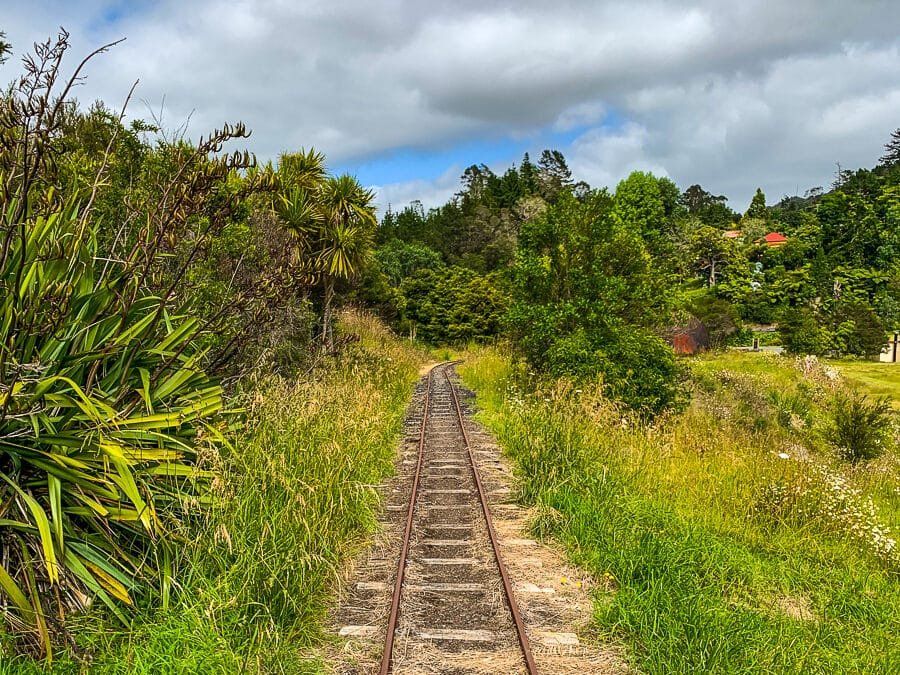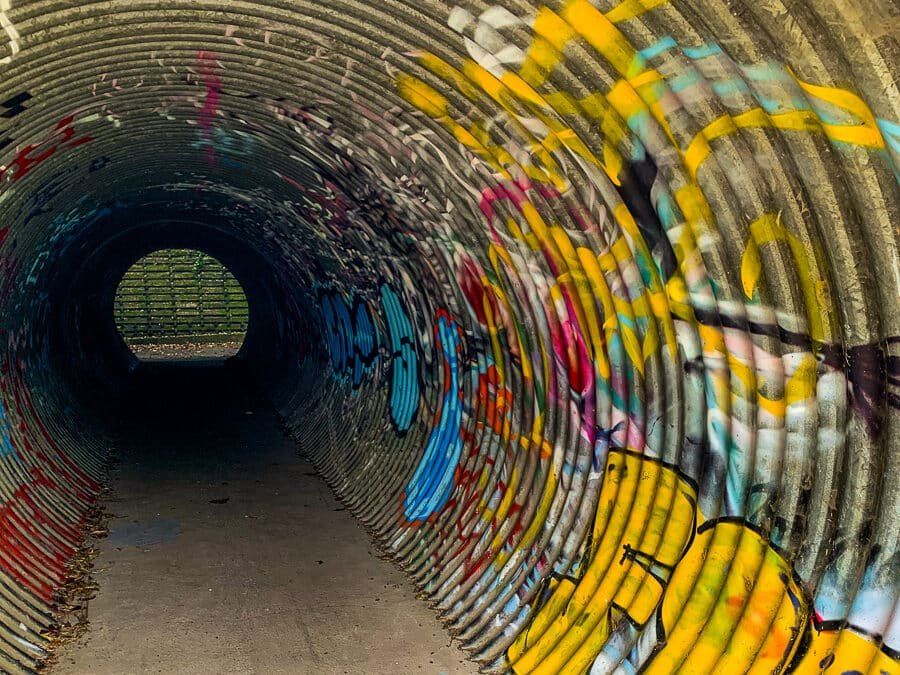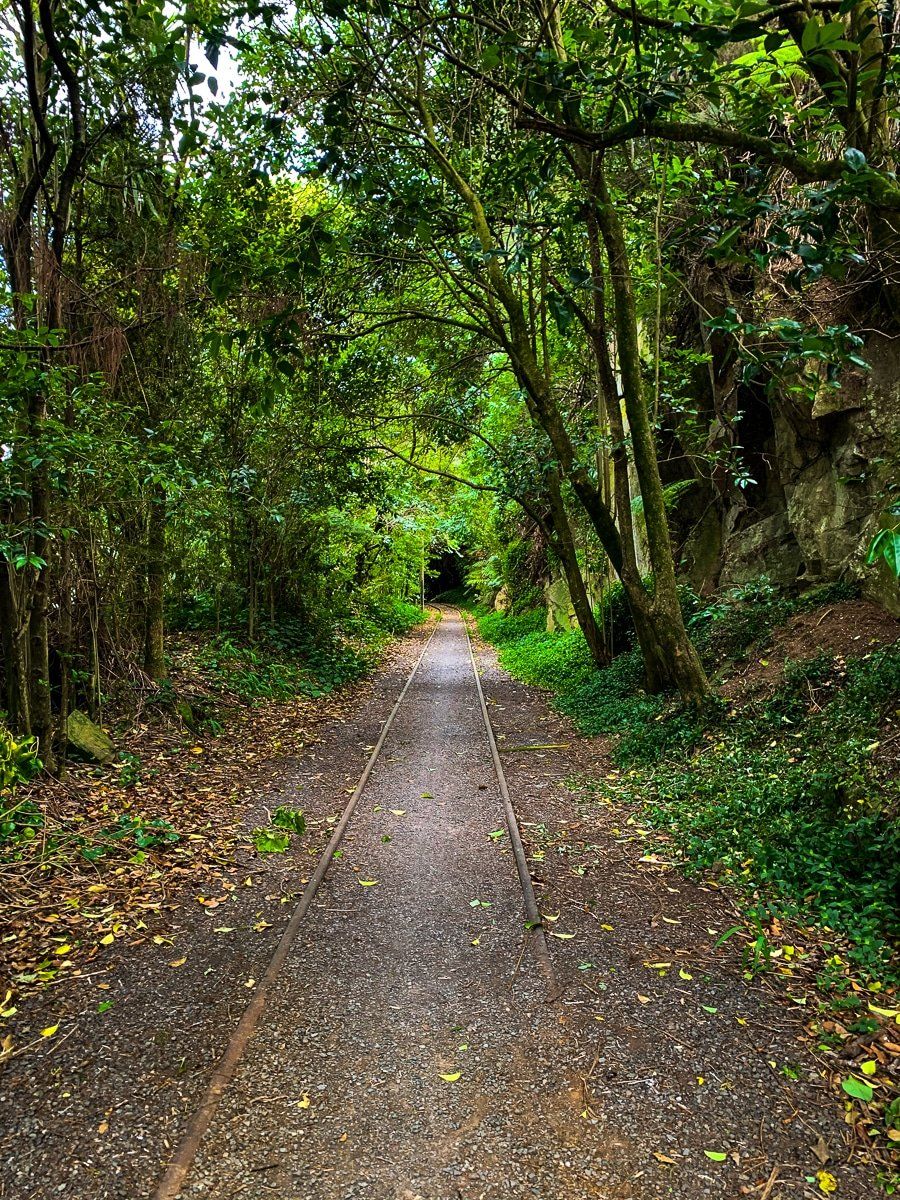Exploring Victoria Battery
Victoria Battery, located beside the Ōhinemuri River in the Karangahake Gorge between Paeroa and Waihi, is a fascinating site for those interested in New Zealand's gold mining history. Once one of the largest gold processing plants in the country, the remnants of this industrial site offer a unique glimpse into the past. There is also a museum located behind the main area of the battery.
Discovering the Ruins
The Victoria Battery site is several hectares and a remarkable reminder of Aotearoa New Zealand’s gold-mining era. Visitors can wander through the grounds where concrete building foundations, an old tank facility, and rusting equipment remain too solid to have been removed. A short tramway, once part of the complex, still operates for tourists, offering an evocative glimpse into the scale of industry that once defined the valley.
Built between 1897 and 1898 by the Waihi Goldmining Company, the Victoria Battery was created to handle the gold output from the nearby Martha Mine at Waihi. New reefs of ore were being discovered so often that the company’s existing plants could not cope. The solution was to construct a massive new facility at Waikino, and by 1898 ore was being crushed on a scale never before seen in New Zealand. The plant continued to expand and modernise until it finally ceased operation in 1952, after 54 years of service.
For decades the battery was among the country’s most important industrial sites. With 200 head of stamps, it was by far the largest ore-crushing plant in New Zealand, dwarfing its nearest rival. The company pioneered advances such as hydro-electric power from its own Waikato River dam, tube mills, and improved cyanide processes that increased gold recovery. At its height, it employed 800 men, and supported the township of Waikino.
How to Get There
To visit Victoria Battery, head to the Karangahake Gorge on State Highway 2 from Paeroa. Park your vehicle at Waikino beside the historic railway station and cafe, then take the walkway under the road and across the bridge to reach the south side of the Ōhinemuri River. For those cycling, the Hauraki Rail Trail passes directly through the ruins, making it an accessible stop for bikers exploring the area.
Back along the highway, or the bike trail towards Paeroa, is the Karangahake Reserve, another extensive area of gold mining ruins, shafts and tunnels. The Windows Walk and Karanagahake Loop are especially interesting walks, while Owharoa Falls and the gorge itself provide natural breaks in the post-industrial landscape. You can also visit the still operating modern mine next to Waihi.
